RAD design studio
Organisational strategy, Brand strategy, Identity and branding, Research, Product, Institution building, 2016-17
Human Factors International is one of the oldest, largest, and most respected Usability engineering and UX certification and training companies in the world. In 2016, HFI approached Abhimanyu Nohwar, Director Kiba Design (and a former employee from 2003-05), to help reimagine what the company could become.
“Having spent 30 years focusing largely on UX design for screens, we felt it was time for HFI to redefine what user experience meant to them.”
From screen to world
HFI has pioneered the creation of design standards for usability of digital interfaces over the past 30 years, and is the Gold standard in usability training and certification. A lot of HFI’s work has been focused on screens, and with the increasingly embedded world of technology interfaces today, it was time for them to move beyond the digital and enter the physical world.
From UX engineering to design
HFI and related organisations have been so effective in creating usability standards and related training, that solid usability is now an assumed deliverable in the creation of any digital platform. As a result, web design has reached a level of maturity where the focus has moved to the creation of new and innovative experiences that transcend traditional definitions and boundaries of physical and digital. In a time where augmented/virtual reality and other technologies are increasingly changing the UX paradigm, it is time for HFI to move from thinking about engineering user experiences to designing them.
Strategy, Name, Identity
We positioned this new studio in a conceptual space that HFI’s internal culture was already known for - playfulness and experimentation - so that the organisation could move that familiar ethos into professional engagements too. The idea is that as the activities and workforce of the design studio evolve and grow, the main HFI workforce would be gradually inducted into this new design-led organisation, eventually leading to an organisational transformation.
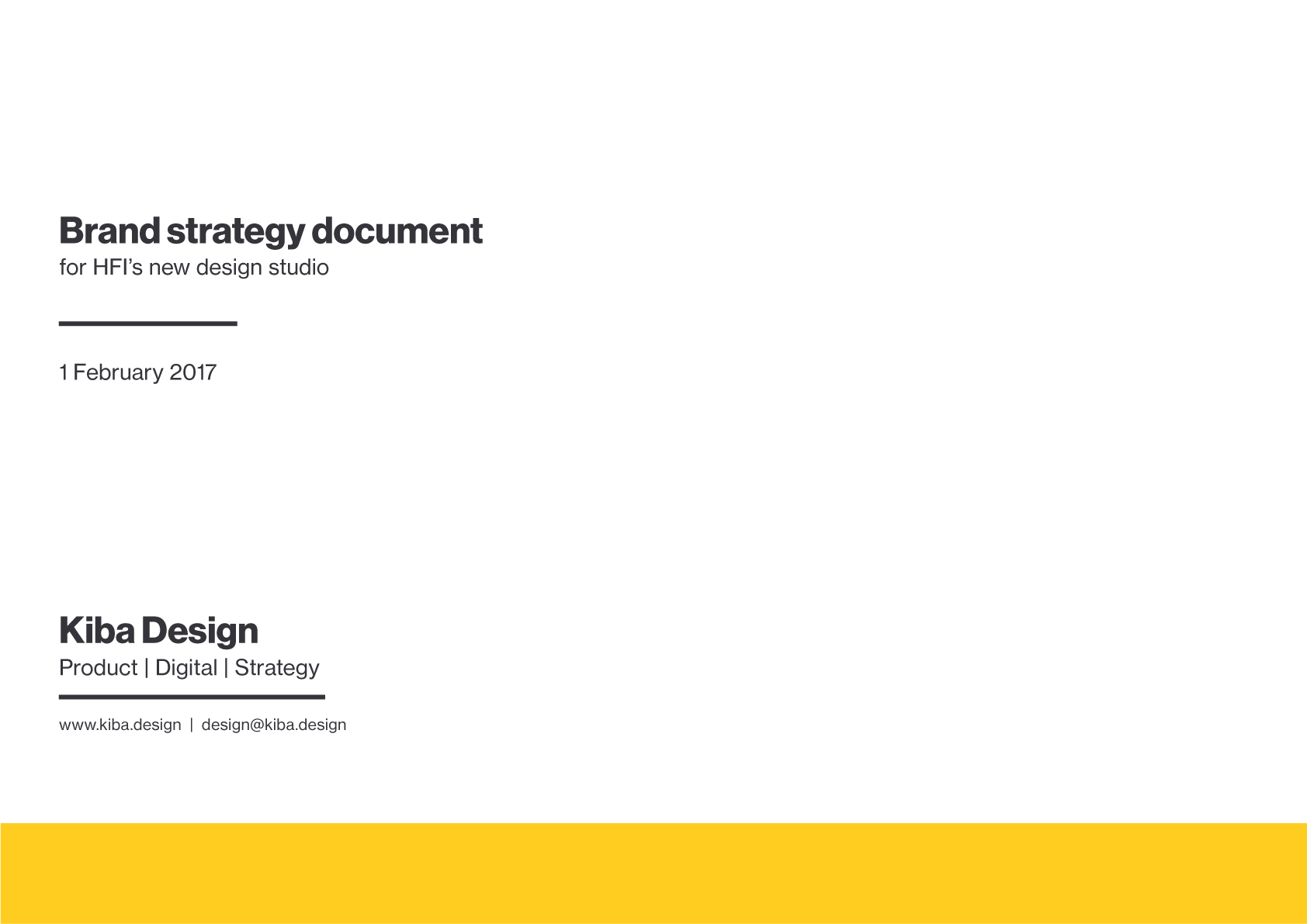


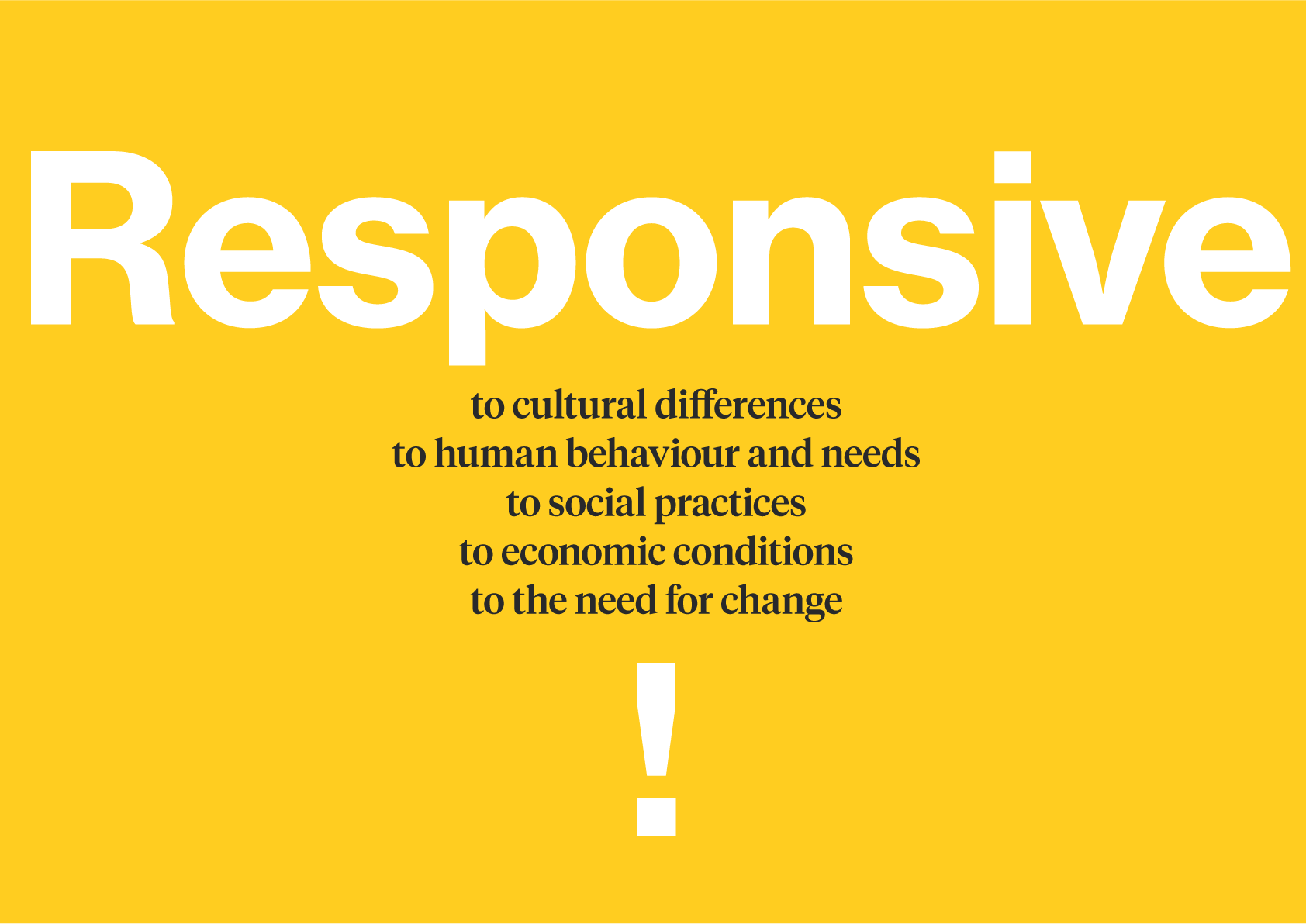
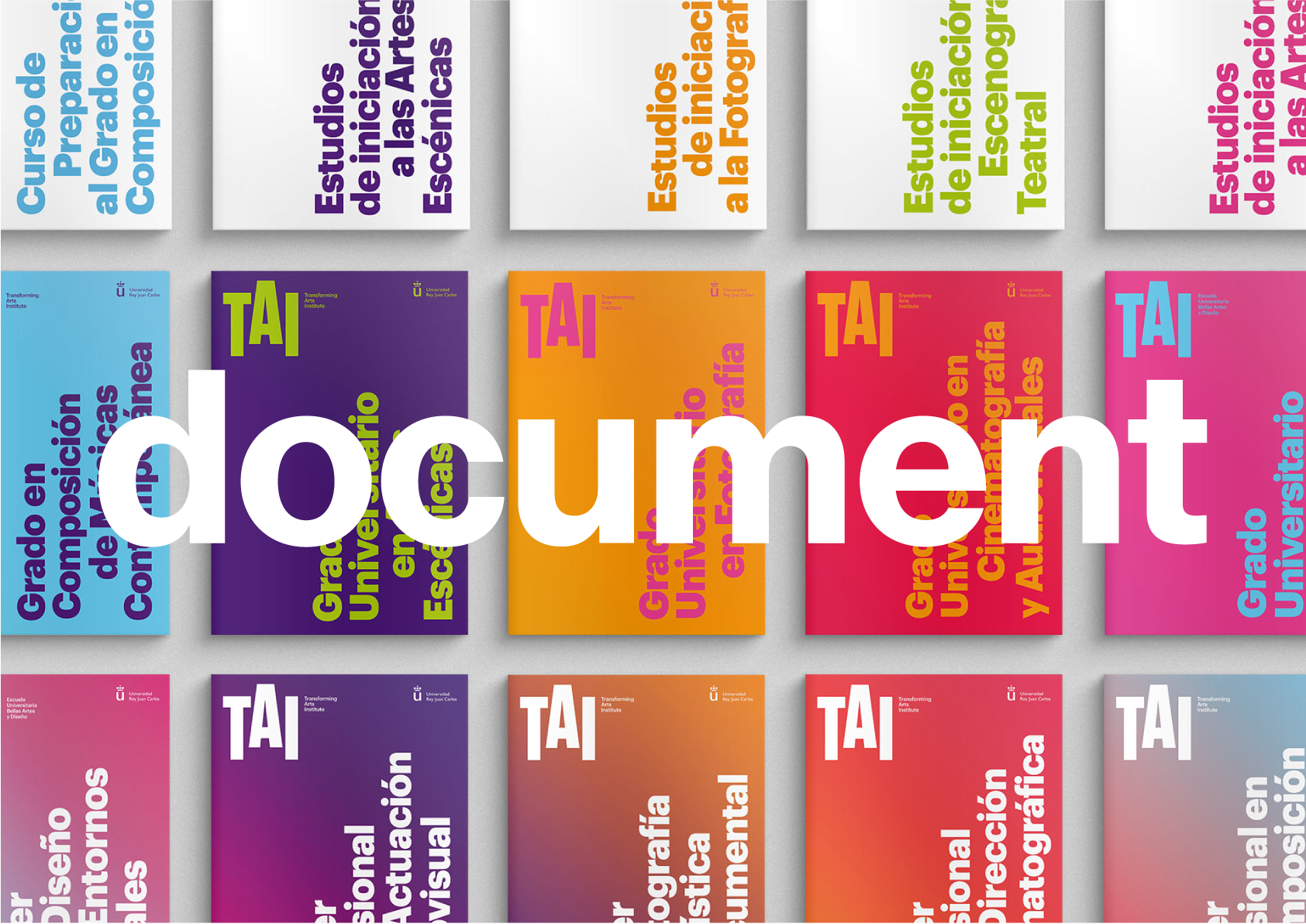
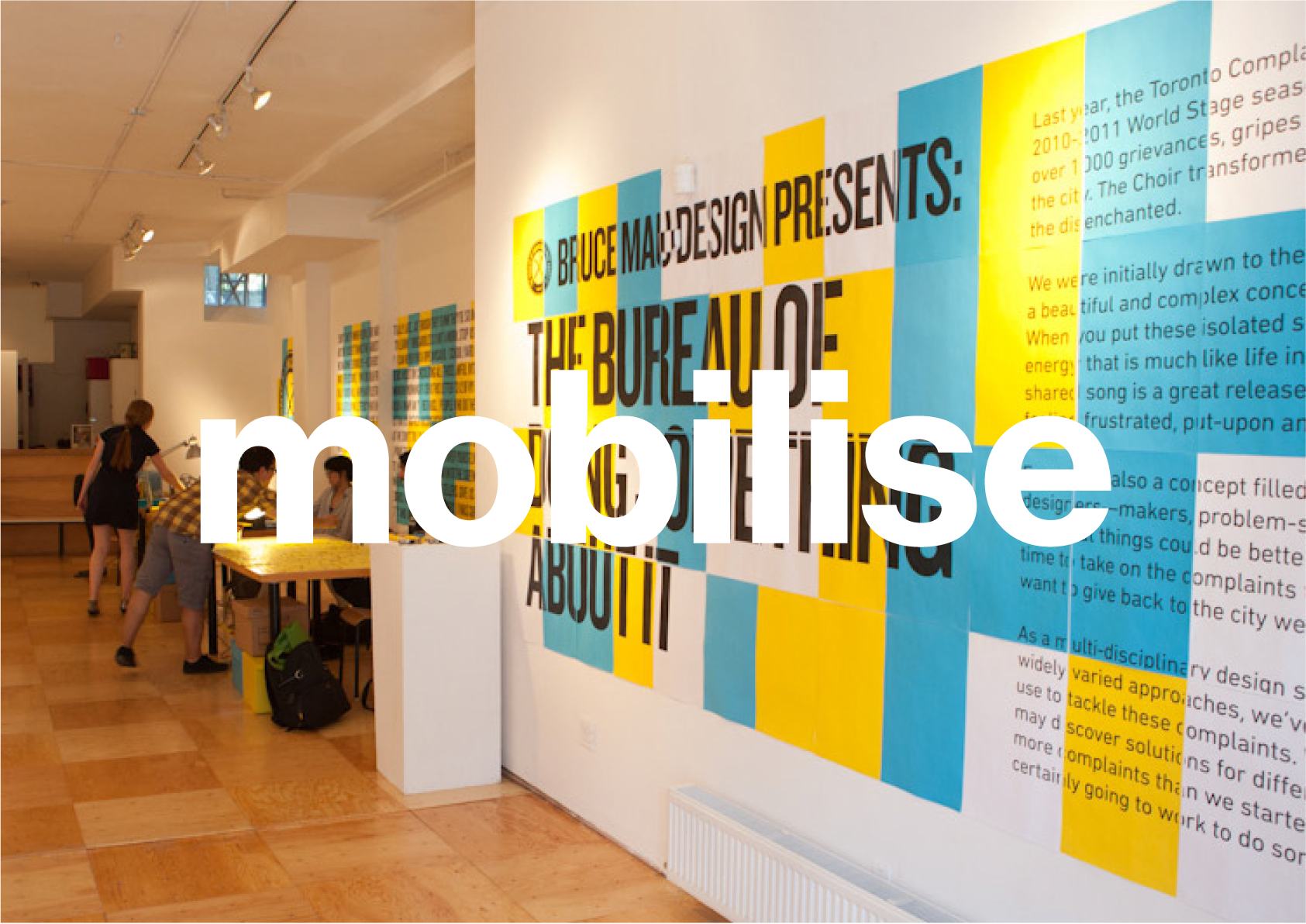
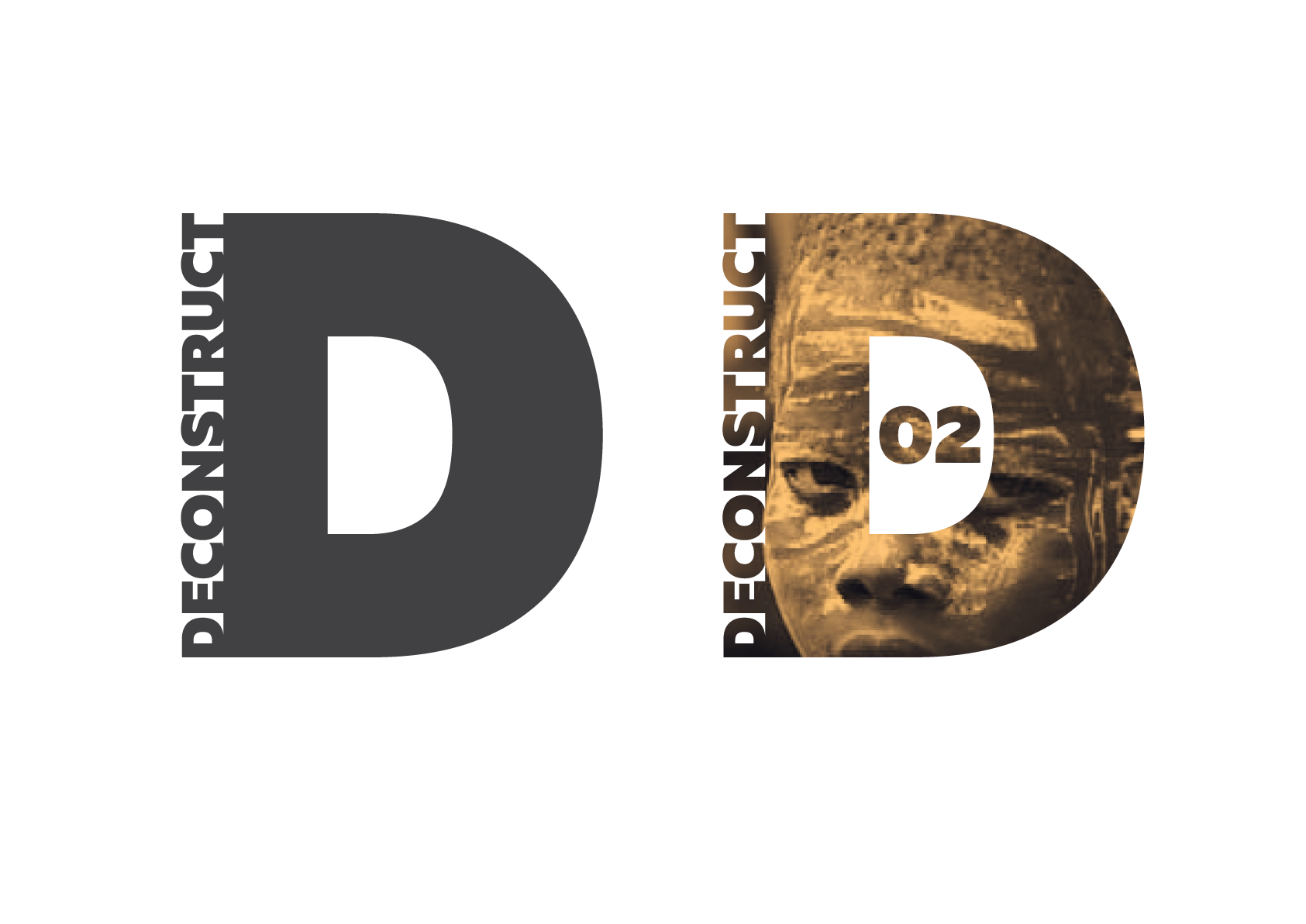
Our name for this new design studio - RAD - short for Research Action Design, and for Radical - alludes to HFI’s inception in the 80s.
Research Action Design - identity design
The identity was conceived as a dynamic system, always showing three distinct typefaces that can be related to the context at hand - using Indic scripts for instance, to indicate a research project in rural India. The base identity shown here represents the three tenets of the studio - the ‘R’ alluding to its knowledge-based roots; the impossible ‘A’ is the fun and explorative nature of a design studio; and the digital ‘D’ roots the identity in the core focus area - digital experiences. Above all, the ‘over the top’ playfulness of the identity system invites HFI employees to engage with it, to play with and mold it, giving it new shape and meaning, and in doing so drop their familiar ideas and work styles and engage with design anew.
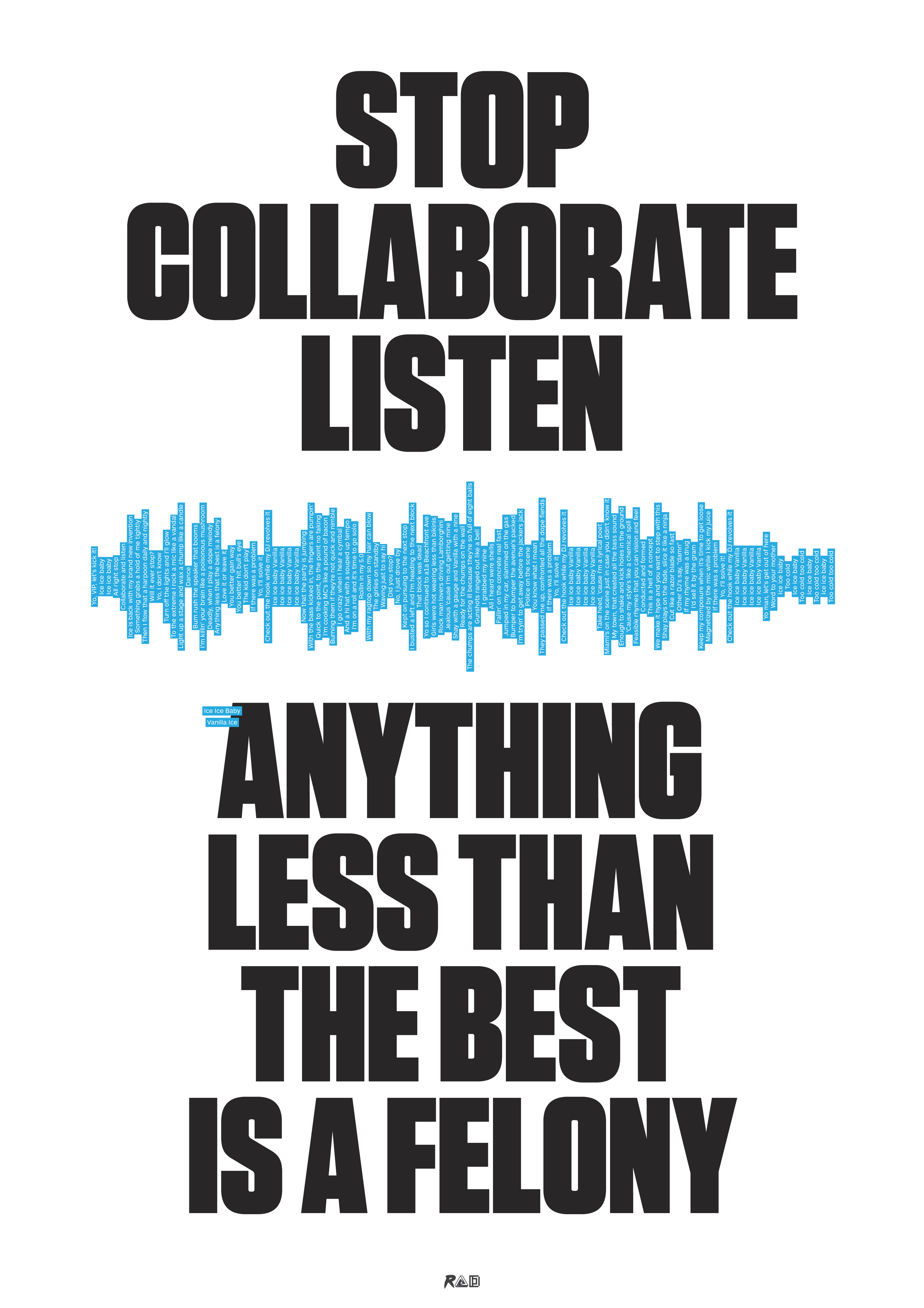
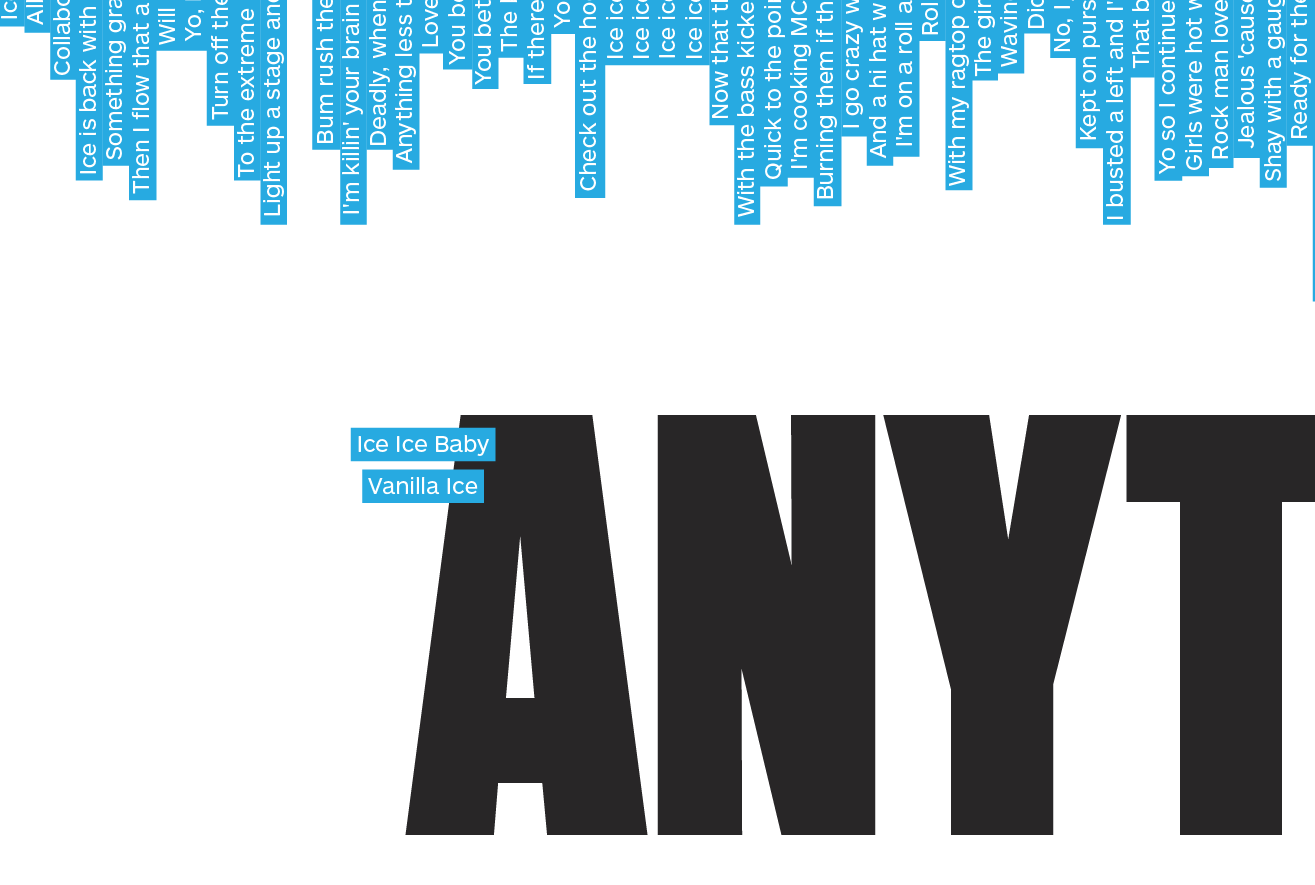

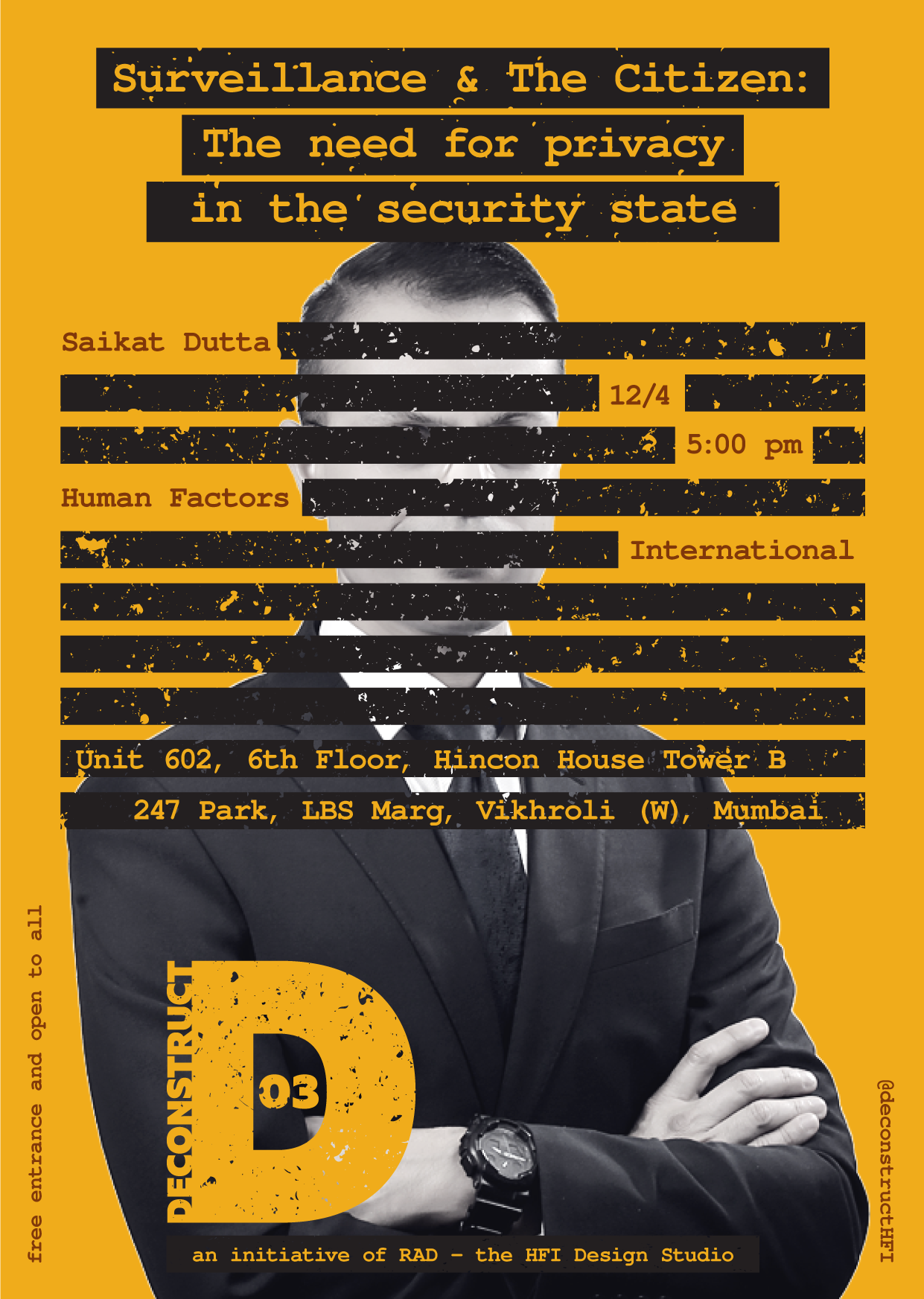
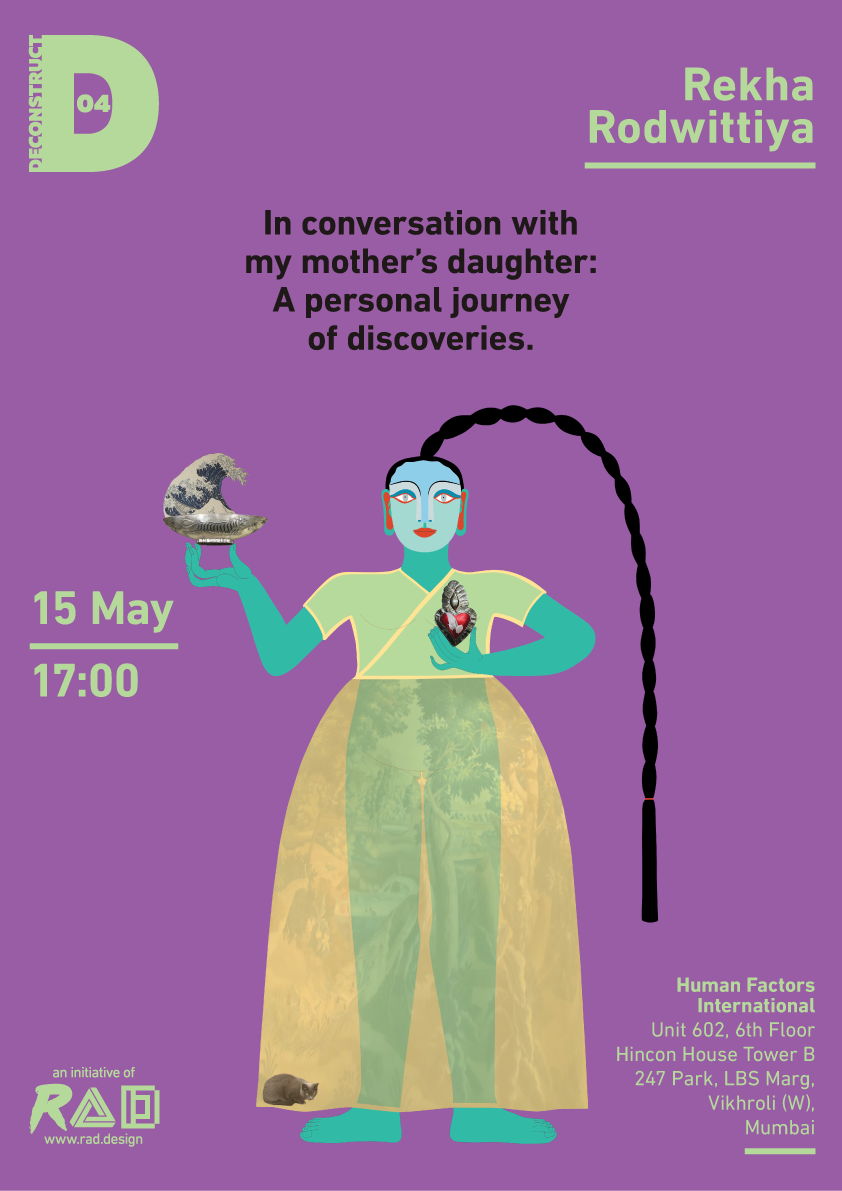
We initiated a social design project around women’s safety, held a successful workshop with domain experts, and guided the RAD team on handling such projects before handing it over to them.
“Now is the time to focus on Experience, Collaboration,
and Systemic change.”





